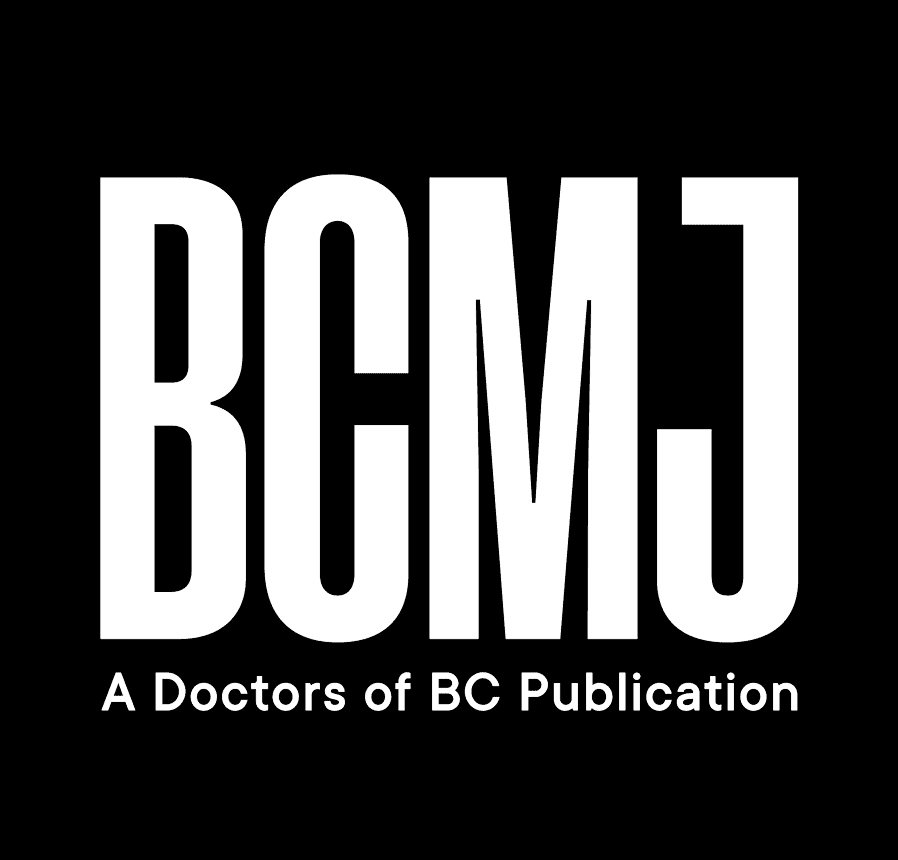Guest editorial--Mild traumatic brain injury, Part 1: Assessment and management
In Canada, approximately 50 000[1] patients suffer a traumatic brain injury each year. Of these, 80% fall into the mild traumatic brain injury (mTBI) category. The annual cost of treating mTBI in Canada is about $3 billion[2] and the long-term financial burden to individuals, their families, and society is considerable. Traumatic brain injury is associated with a range of physical and cognitive symptoms, including headaches, blurred vision, sensory problems, fatigue, sleep disturbance, motor and nerve problems, and even arthritis.[3,4] Cognitive difficulties such as slow information processing and problems with attention, planning, judgment, and memory are reported. Problems with flexibility and abstraction are also common. Individuals who suffer an mTBI not only have a range of physical and cognitive deficits, but they are at increased risk for developing psychiatric difficulties. The most common psychiatric symptoms are anxiety and depression. While the prevalence of depression in the general population is approximately 5%, the prevalence of depression following an mTBI has been estimated to be as high as 40%.[5]
In 2005, the Trial Lawyers Association of BC sponsored a conference on traumatic brain injury. A group of us meeting after the conference felt that there was a lot of information concerning traumatic brain injury that needed to be passed on to doctors in British Columbia, particularly family physicians. That conference and brief social meeting led us to write a series of articles about managing patients who are experiencing the physical and cognitive deficits and the psychiatric symptoms that can result from mild traumatic brain injuries.
In this first part of our two-part series on mTBI, Dr Dhawan and colleagues focus on early intervention and examine traumatic brain injury from the viewpoint of physiatrists working in the Acquired Brain Injury Program at GF Strong Rehabilitation Centre.
Dr Kosaka then considers the use of neuropsychological assessment to measure brain function after an mTBI. Although neuroimaging by CT and MRI can be useful, it provides static images of the brain, whereas neuropsychological testing helps us understand how the individual’s brain works.
Drs Brooks and Hunt then go on to examine the diagnosis and management of concussion in sports. Concussion is generally considered to be at the mild end of the mild traumatic brain injury spectrum; however, given the huge number of sports concussions, these are the most likely types of brain injury to be seen in the general practitioner’s office. The authors provide guidelines that will be helpful not only to GPs but to coaches and other individuals involved in recreational sporting leagues.
In the second part of the series, which will be published in the December issue, an article will describe the psychiatric sequelae associated with mTBI and the importance of knowing when to assess, refer, and treat individuals who are suffering psychiatric illness as a result of mTBI. Another article will describe community resources for mTBI patients and outline the need for education and support, especially for those patients injured in motor vehicle accidents—one of the biggest causes of traumatic brain injury.
I hope that all of these articles will be stimulating for physicians in BC and will, more importantly, lead to better outcomes for our patients who suffer from traumatic brain injury.
For those who wish to reference other resources, I would also recommend the following:
• Centers for Disease Control and Prevention: www.cdc.gov. This site contains excellent information about mTBI for physicians, patients, and families. “Heads Up: Facts for Physicians about mTBI”(http://www.cdc.gov/ncipc/pub-res/tbi_toolkit/physicians/mtbi/index.htm) is particularly good.
• Brain Injury Association of America: www.biausa.org.
• International Brain Injury Association: www.internationalbrain.org.
—Derryck H. Smith, MD, FRCPC
Head, Department of Psychiatry
Children’s and Women’s Health Centre of British Columbia,
Clinical Professor, University of British Columbia
References
1. Johnson C. Neurotrauma hospitalizations in Ontario, 1998/99. Ontario Trauma Registry Bulletin, April 2001. http//secure.cihi.ca/cihiweb/en/downloads/bl_otrapr2001_e.pdf (accessed 25 April 2006).
2. Marsh NV, Kersel DA, Havill JH, et al. Caregiver burden at 1 year following severe traumatic brain injury. Brain Inj 1998;12:1045-1059. PubMed Abstract
3. Hibbard MR, Uysal S, Sliwinski M, et al. Undiagnosed health issues in individuals with traumatic brain injury living in the community. J Head Trauma Rehabil 1998;13:47-57. PubMed Abstract
4. Colantonio A, Ratcliff G, Chase S, et al. Aging with traumatic brain injury: Long-term health conditions. Int J Rehabil Res 2004;27:209-214. PubMed Abstract Full Text
5. Seel RT, Kreutzer JS. Depression assessment after traumatic brain injury: An empirically based classification method. Arch Phys Med Rehabil 2003;84:1621-1628. PubMed Abstract Full Text

